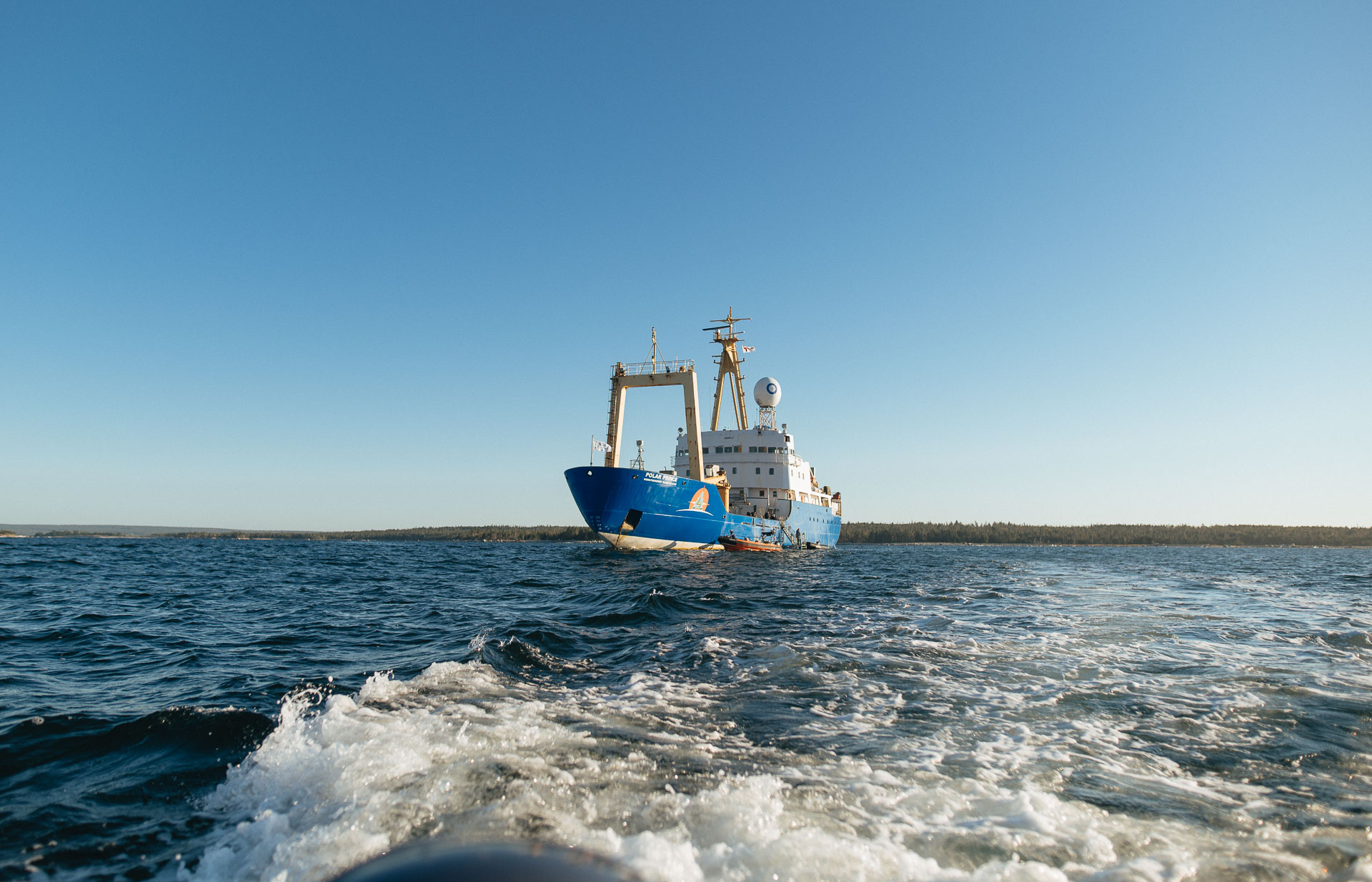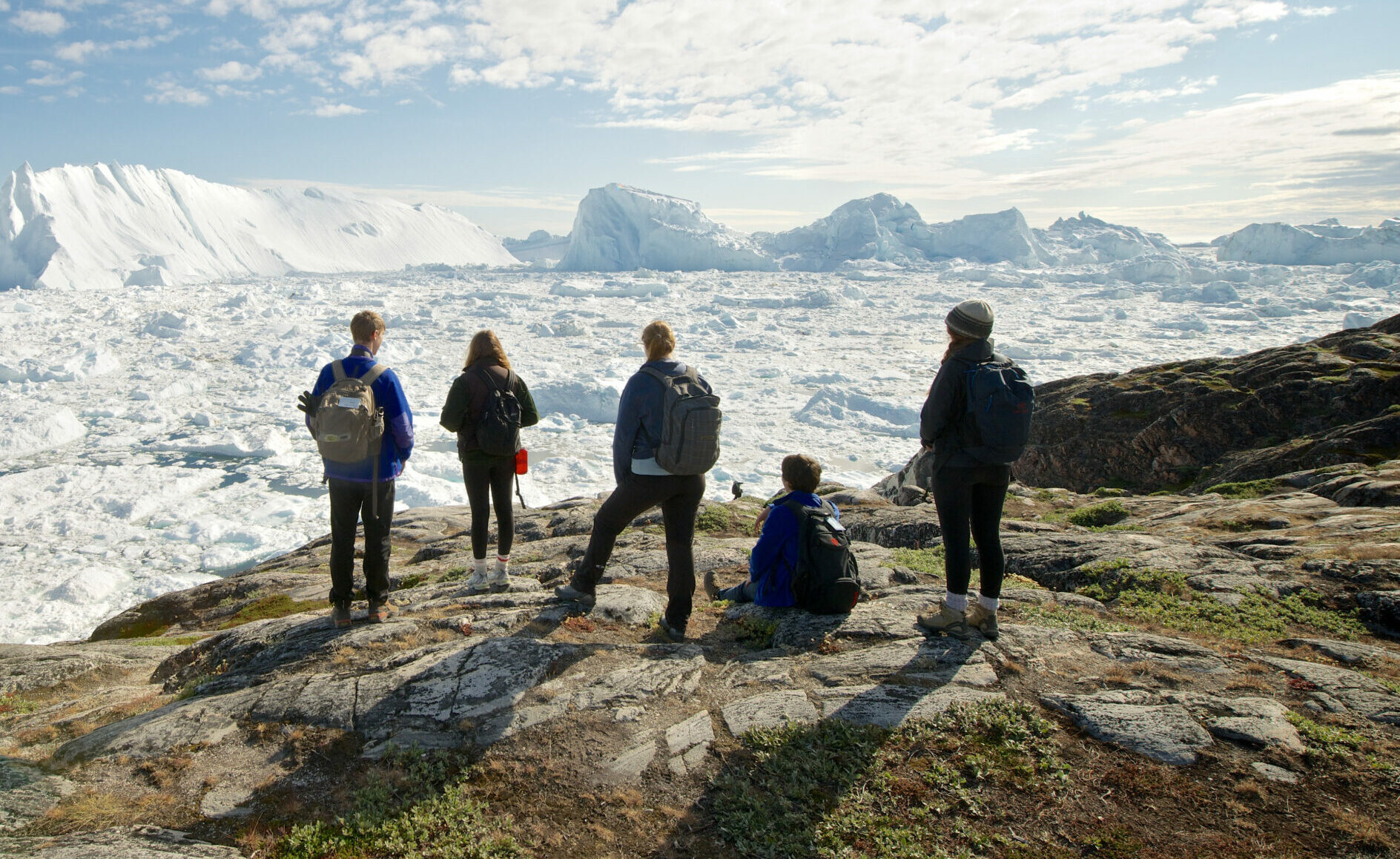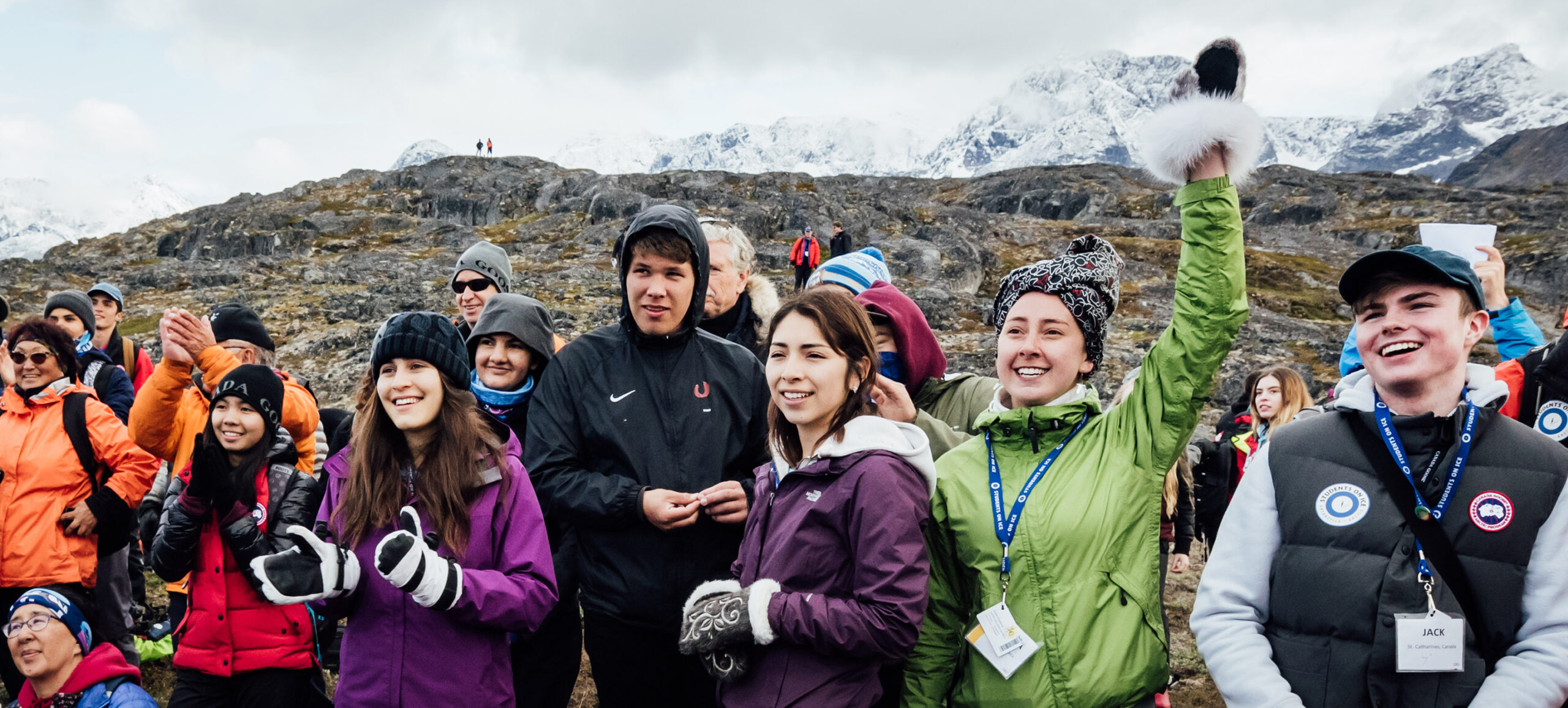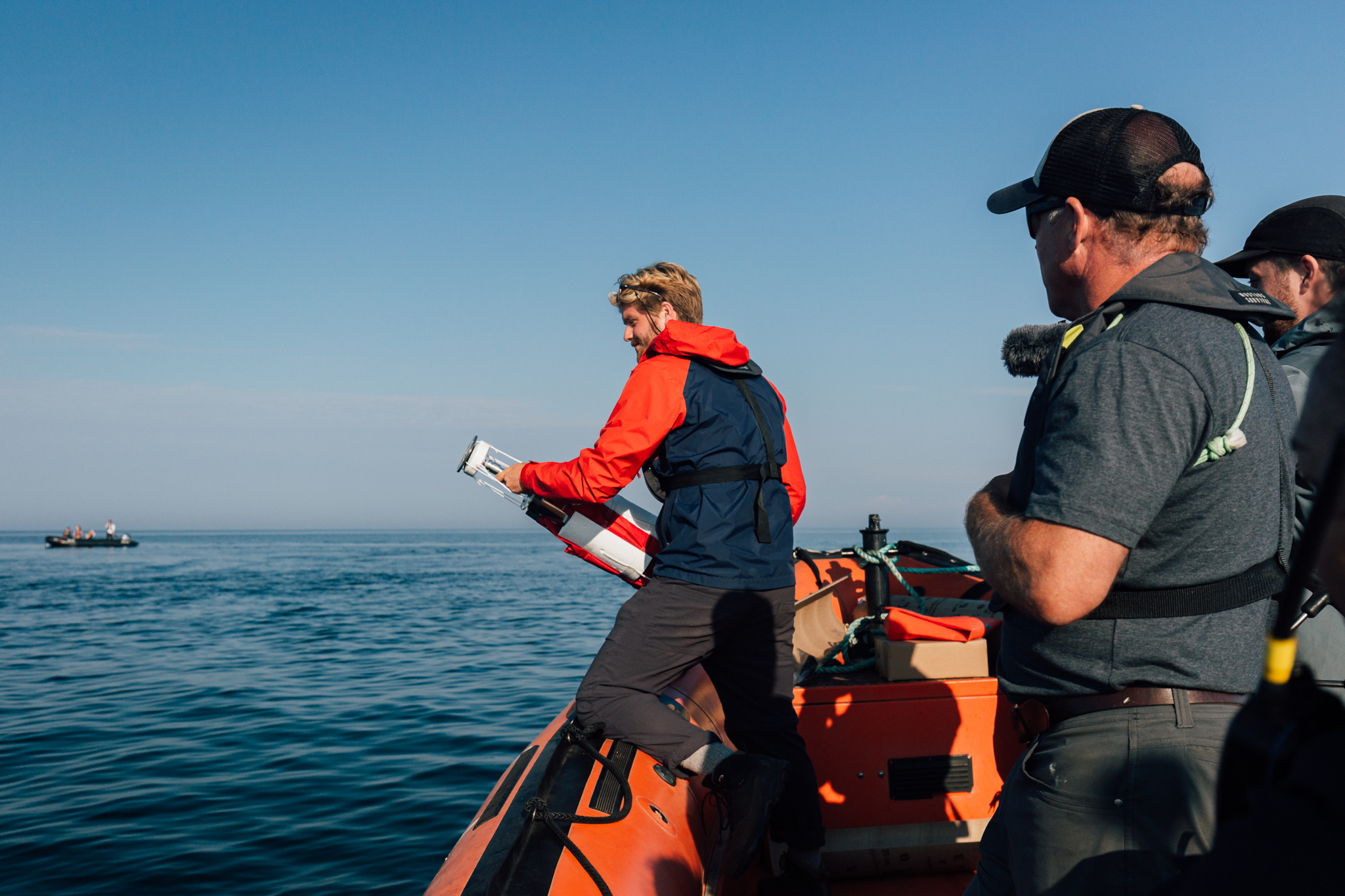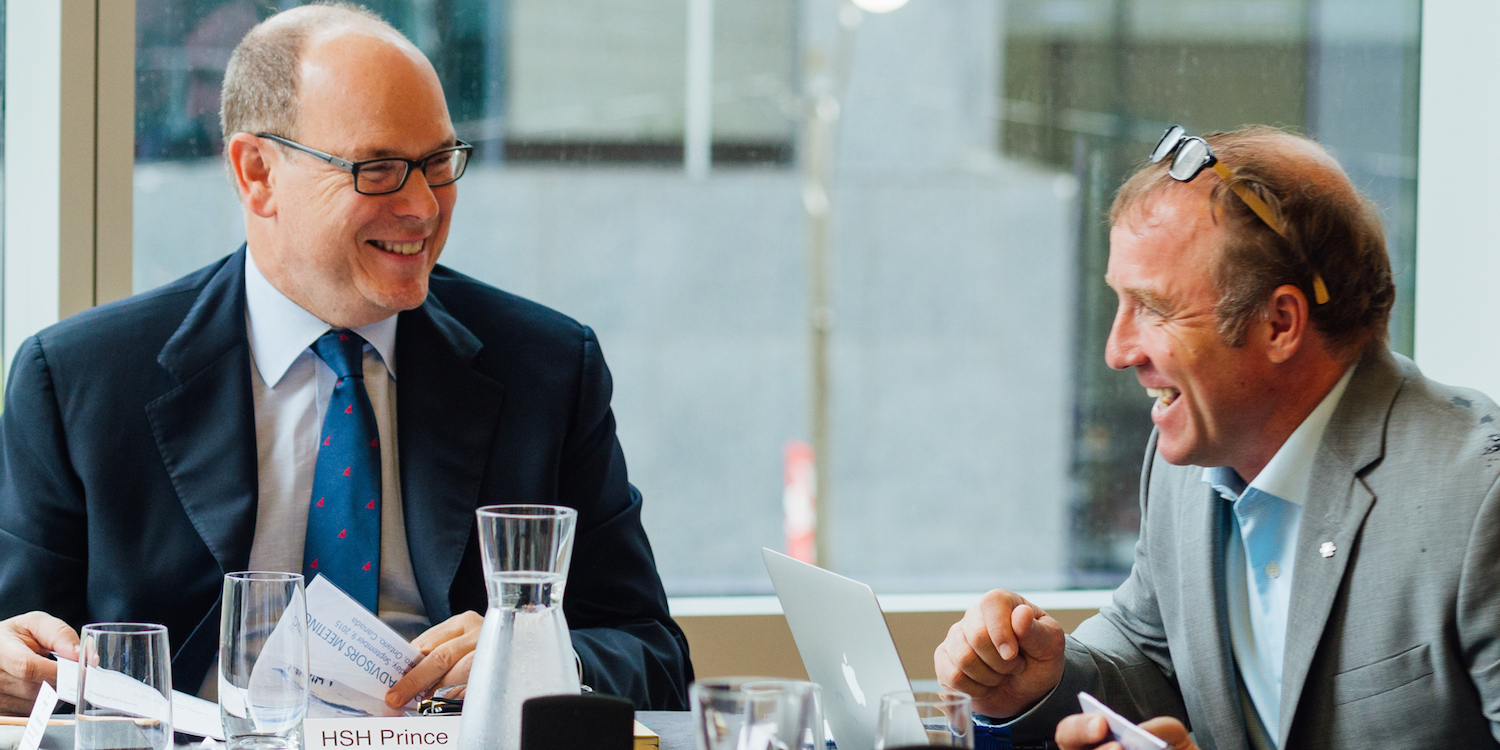Blue Futures Pathways Expedition: Update Four
By the time we reached the waters off Quirpon Island, the northernmost tip of Newfoundland, any qualms we had with the Polar Prince’s abilities were gone. Unfortunately, those concerns were replaced by strong westerly winds, the same kind that plagued us earlier in the expedition. Again, we were forced to abandon any landing plans we had for the island. As we continued our southbound voyage for the remainder of the day, we learned more about two-eyed seeing, innovation in the sustainable blue economy, marine ecology and diving.

The following day we found ourselves anchored off of Fogo Island, where we later explored a local fish plant, the famed Fogo Island Inn, and heard about the history of cod fishery there.
The final day of our expedition was spent ashore exploring Bonavista, a town further down the coast. To beat the heat, we headed back to the Polar Prince for a swim and, for those brave enough, a jump or two off the ship and into the comparatively warm Newfoundland waters.

“I think today was really special. I loved jumping off the ship because that’s something that’s way outside of my comfort zone.”
– Marikah Sanguin; Rankin Inlet, Nunavut
The swim was followed by a feast of corned beef, potatoes and vegetables, a traditional Newfoundland meal called a Jigg’s dinner. To make it extra special, we held it at one long table assembled in the hangar, complete with freshly picked local flowers and rays of sunlight illuminating the murals painted by members of past SOI expeditions.

As a curtain of darkness slowly drew across the Newfoundland coastline and the banquet concluded, the hangar was transformed back into the space we entered two weeks earlier, only this time, it would be our last as a group. One by one, we tried our best to find the words to describe the whirlwind we just experienced; it wasn’t easy.
The night was capped by presentations that the youth had been chipping away at over the previous few days, including poetry, songs, slide shows, oral storytelling, and even a short, hilarious video about the reality of early mornings aboard the ship. Despite their varied approach, each performance was somehow tied back to something we had learnt or experienced along the way, from fishing in Nachvak Fiord to the science of water sampling.

“Like the stories we’ve heard, the ocean itself is also telling a story, right… As you go from north to south or to the equator, it’s changing… and it’s cool to be able to demonstrate that even with just some of the barebones CTD data we’ve collected”
– Andrew Tucker; Iqaluit, Nunavut
Before filtering out of the hangar for the last time, we had one task left: create our mural. As the Polar Prince plied the last moonlit waters of the trip, we claimed a spot among the other murals on the walls of the hangar to tell the story of our expedition before the twinkling lights of St. John’s appeared on the horizon and our journey drew to a close.
